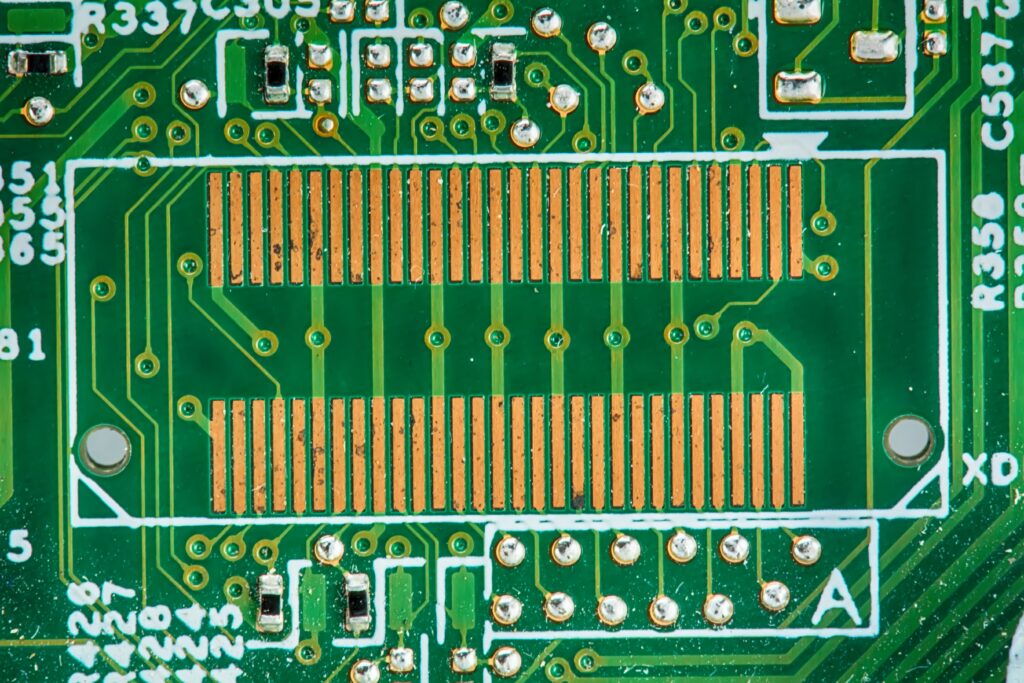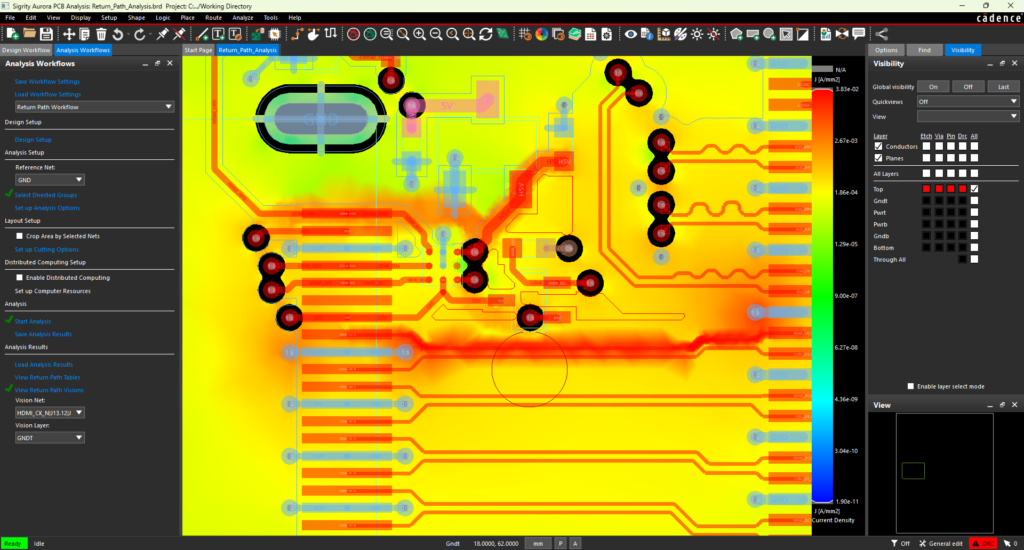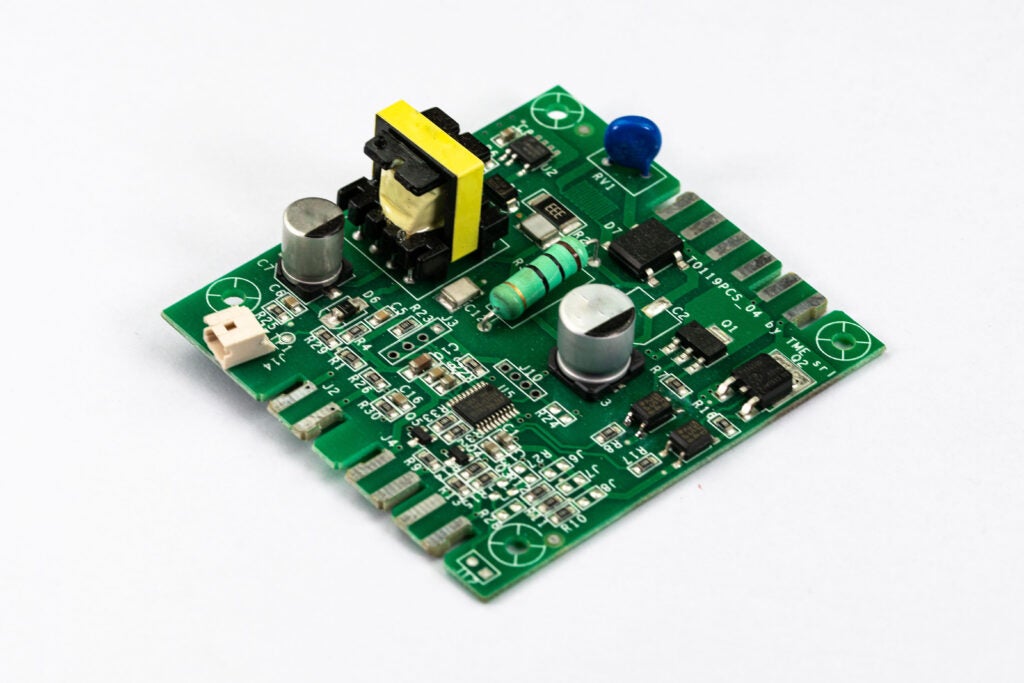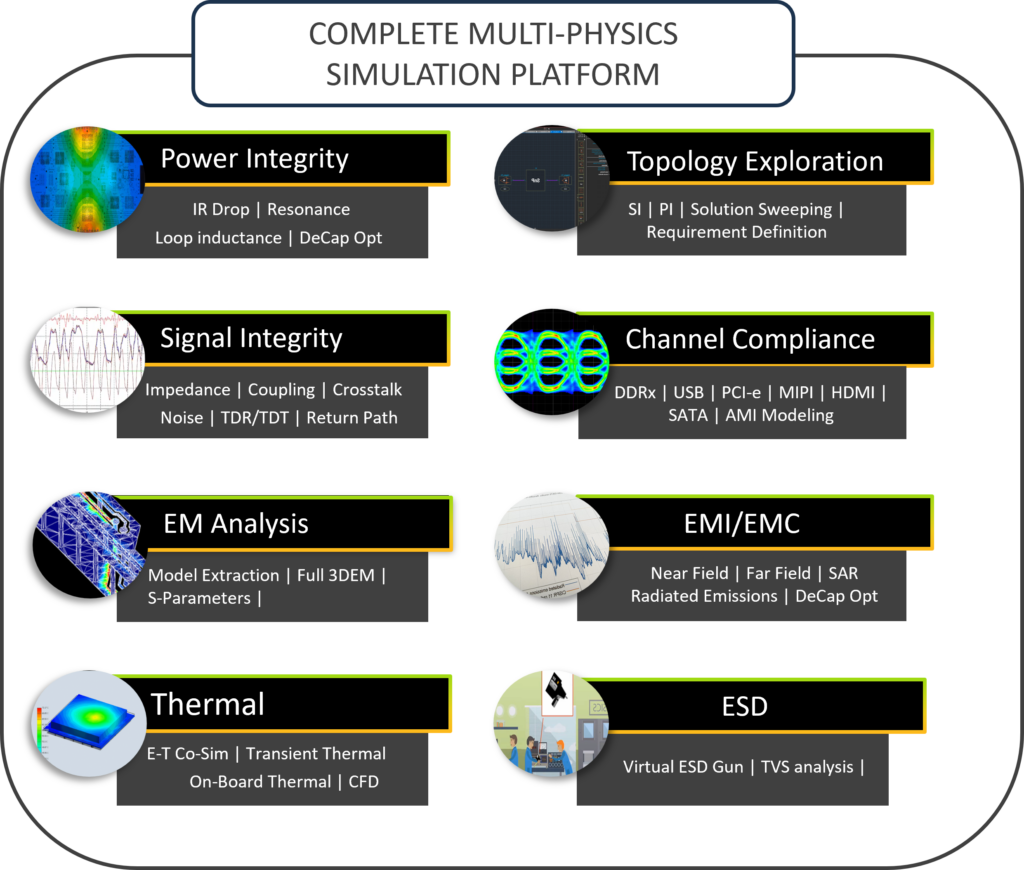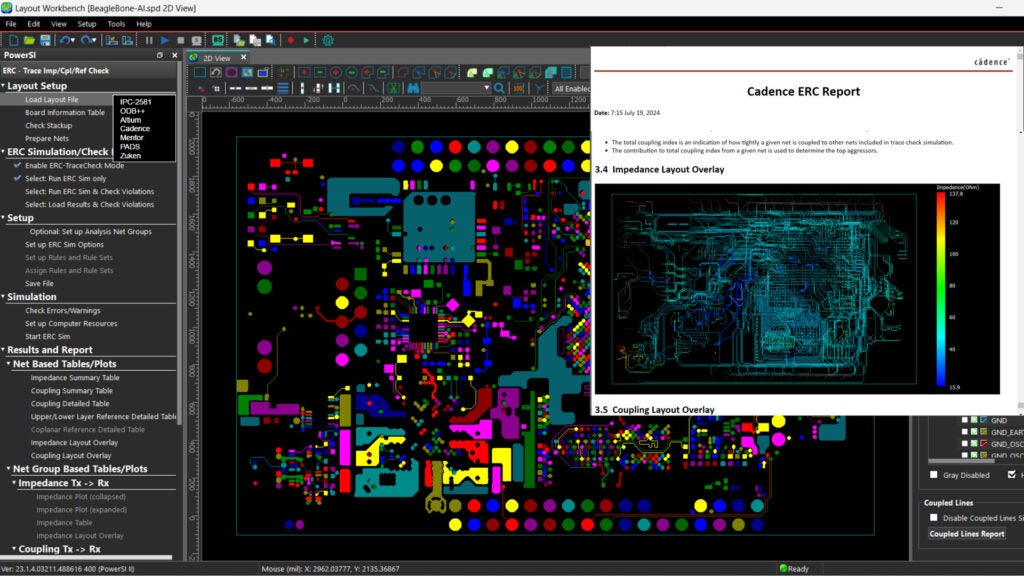
The path from innovation to utilization is not always linear and can be complex. For example, the PCB development process typically consists of multiple iterations of the design⇒build⇒test (DBT) cycle before production can begin for distribution. And the bridge from distributor to user or the supply chain can be wrought with challenges.
The fragility of the old PCB supply chain model–exposed through contemporaneous shortages, political events and a pandemic–has forced a reexamination of process and methods by electronics designers, developers, manufacturers and distributors, as well as by related industries such as transportation and logistics, and governments. Consequently, the need to incorporate supply chain considerations and practices into the electronics design process has never been clearer.
In the webinar: PCB Design for Supply Chain Resilience, Gopu Achath from EMA Design Automation and Jackie Sartin and Dwight Morse from SiliconExpert present a solution for meeting this mandate.
Essential Data for PCB Supply Chain Resilience
Many of the interruptions or disruptions to the component supply chain seem, and are in fact, unpredictable and uncontrollable. Yet, there are ways to mitigate the effects of these costly interruptions. Doing so begins with understanding the essentials for effective PCB supply chain resilience, as listed below.
|
PCB SUPPLY CHAIN RESILIENCE ESSENTIALS |
|
|
Attributes |
Importance |
|
Overall Risk Mitigation |
Although targeting specific aspects or elements that impact the supply chain are necessary, it is necessary to implement a comprehensive strategy to be most effective. |
|
Part Lifecycle Data |
Knowing when components are introductory, in full production, or near obsolescence is critical to make an informed decision on whether to use a part or opt for an alternative. |
|
Irrespective of your component distribution source, it is likely there will be availability issues that can slow down or halt your new product development. Therefore, it is essential to have real-time data from multiple sources. |
|
|
Compliance Certificates |
Counterfeits and low-quality parts are still significant issues that contaminate supply chains. Knowing that components are compliance certified provides security against costly downstream issues like recalls and replacements that can lead to redesigns and remanufacturing that will severely degrade ROI and profitability. |
|
Inventory Data |
Component volumes shift almost instantaneously. Nevertheless, accurate inventory data is essential to design with confidence that your production requirements will be met. |
|
Resilience Ratings |
Data is great, but without aggregation and analyses its value for making decisions can be minimal. The ability to view a well-defined metric; such as a resilience rating for competing parts, helps you make the best possible component selection(s), for your design, development and/or production. |
As clearly indicated from the list above, effective supply chain resilience requires the right approach, accurate real-time data and comprehensive analyses.
How to Achieve Supply Chain Resilience
The webinar presented an advanced solution to avoid the many pitfalls that can befall your component supply chain, the OrCAD Component Information Portal (CIP) Compliance Module. The CIP is an online component research tool that incorporates real-time data from multiple distributors and your component information system (CIS) to allow you to make smart, informed parts decisions right in the PCB design environment, as shown below.
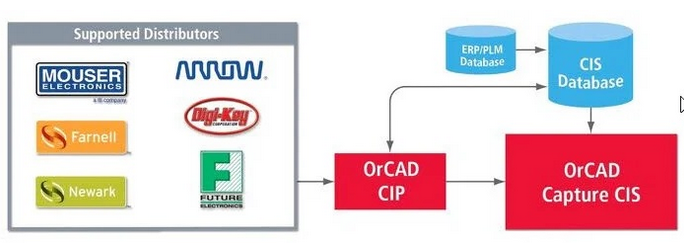
CIP Integrations
The system above incorporates the essential attributes for PCB design supply chain resilience for new PCB developments or new part introduction (NPI) for an established product. The CIP Module above, which was demonstrated in the webinar, runs in the OrCAD Capture environment and is driven by a SiliconExpert resilience rating engine based on data from the following sources:
- Over 22,000 suppliers
- Over a billion parts
- 395,000 PCNs and documents
- 143,000 End-of-life (EOL) notices
As explained in the webinar, there are three major steps to bringing resilient products to market.
Steps to Enabling Resilience
- Step 1: Design for Resilience
Make sure to select and use the right part for your product from the beginning. Maximally leverage data and analytics to make informed decisions. - Step 2: Optimize for Resilience
Institute a process to track and make changes to your component supply chain such that minimum disruption occurs. - Step 3: Solve for Resilience
Be able to assess the situation and act quickly to resolve the disruption.
By instituting the integrated solution presented in the video, you can ensure the critical first step is achieved, that is essential to produce and deliver a resilient electronics product to your OEM, ODM and/or other customer.
In the webinar, the presenters discuss in detail how to incorporate this solution with your environment based on your development process.
EMA Design Automation is a leading provider of the resources that engineers rely on to accelerate innovation. We provide solutions that include PCB design and analysis packages, custom integration software, engineering expertise, and a comprehensive academy of learning and training materials, which enable you to create more efficiently. For more information on how best to achieve PCB supply chain resilience and how we can help you or your team innovate faster, contact us.



